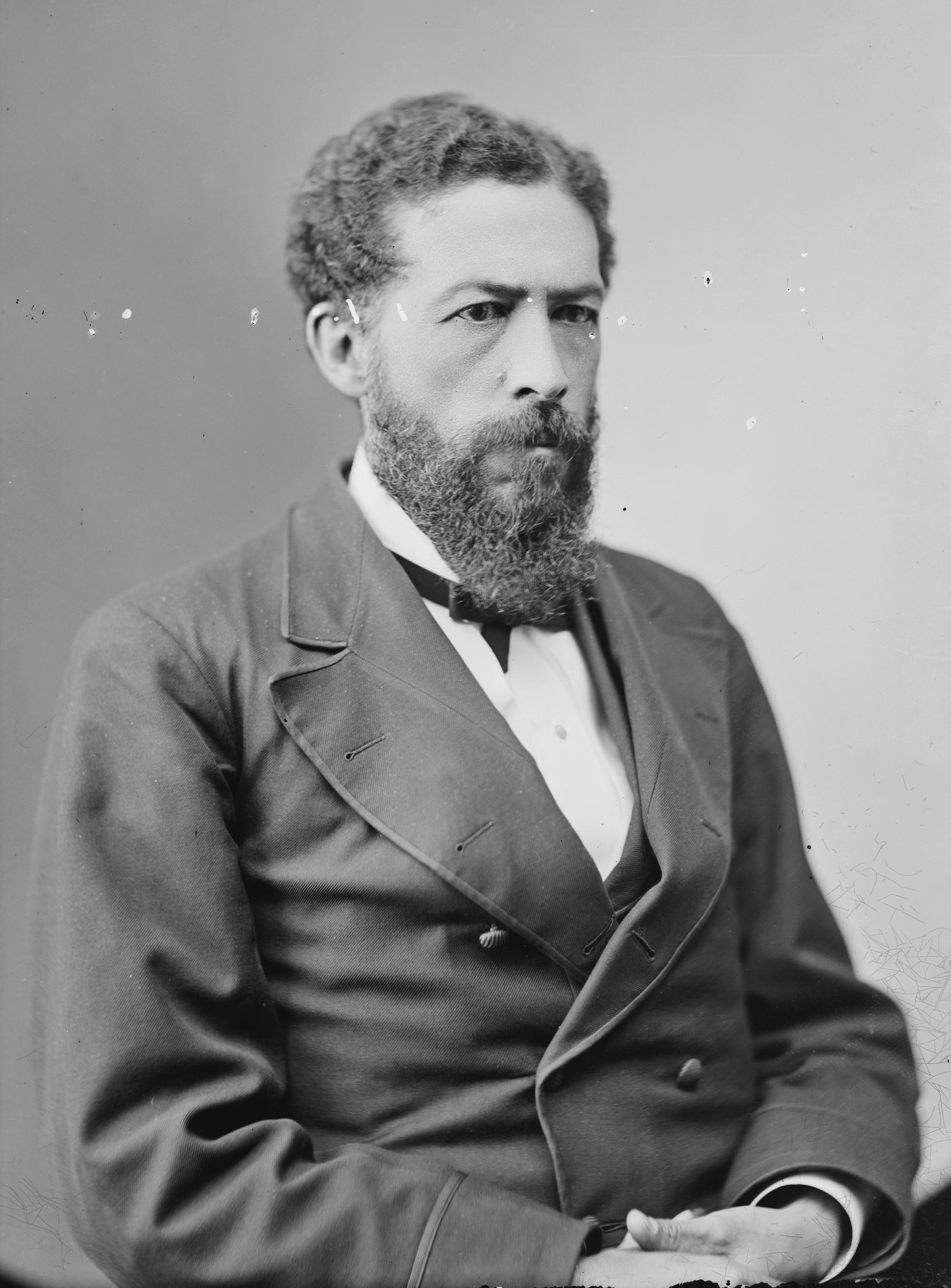“We Called That Touch”Posted in Articles, Autobiography, Media Archive, Passing, United States on 2016-04-01 02:06Z by Steven |
Boston Review
2016-03-28
Ed Pavlić, Professor of English and Creative Writing
University of Georgia
Race and the Intimate Tangle of American Experience
It might seem to you that I am white. Then again, depending upon how and where we meet—and upon things in your life I know nothing about—it might seem to you that I’m not white. So far, in forty-nine years here, my experience has indicated this much to me. My father came to the United States by way of Canada from what is now Croatia. My mother is a white American liberal from Wisconsin. Many in America would say that, because of the race of my parents, my identity is essentially fixed in those terms, that such matters are innate, inborn. For many on all sides of the color line, this either/or racial paradigm possesses the self-evidence of a law of nature. Yet the social and political machinery necessary to maintain the reality of this illusion proves lethal to men, women, and children everyday.
Nonetheless, contrary to this culture-bound delusion, whiteness is not a natural inheritance. People “believing themselves white” (to borrow a phrase from Ta-Nehisi Coates, who borrowed the idea from James Baldwin) must invest in that belief continually. Whether consciously or not, they must rehearse its prohibitions and privileges all their waking days—in their dreams, even. Our world offers them a great assistance with this and, on average, the dividends paid by this pact with whiteness are real. At the same time, Eula Biss recently argued that this “believing themselves white” business accrues a cost, “White Debt.” It seems to me that she is describing shame even more than debt. Her essay tiptoes around naming the terrible price people believing themselves white pay to sustain that belief.
I confess that, even in the abstract, I have never been able to acquire a knack for honoring the supposed impermeability of American racial categories. Just where is the border in what one says, thinks, imagines, who one loves? Even more, where is the border in how one goes about these things? My racial ambiguity has not only been internal but has been reflected in—perhaps fueled by—the ways that, since childhood, my race has been so frequently “misread,” or far from self-evident. More than once in my twenties, police asked me point blank: Are you black or white? In these previews of often subtler interrogations to come, it always seemed to me that the question was the answer. Yet for years and long after I knew better, and even up until now, I have been afraid to openly analyze the dynamics that have produced these questions. I dealt with them lyrically, both in poems and in life. But in a fearful and tiresome symmetry, this silence and lyrical angularity (like Dickinson’s “tell it slant”) also forced me to treat my condition as if it were a personal psychosis, mine and mine alone, an essential and incommunicable privacy. It’s taught me how necessary privacy is but also how an incommunicable privacy narrows, collapses, becomes a trap…
Read the entire article here.

